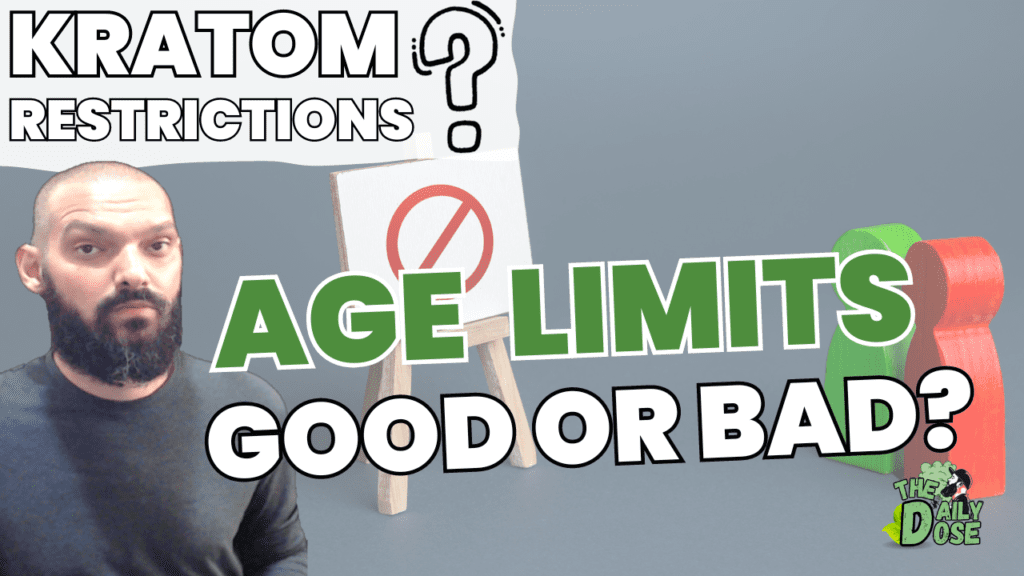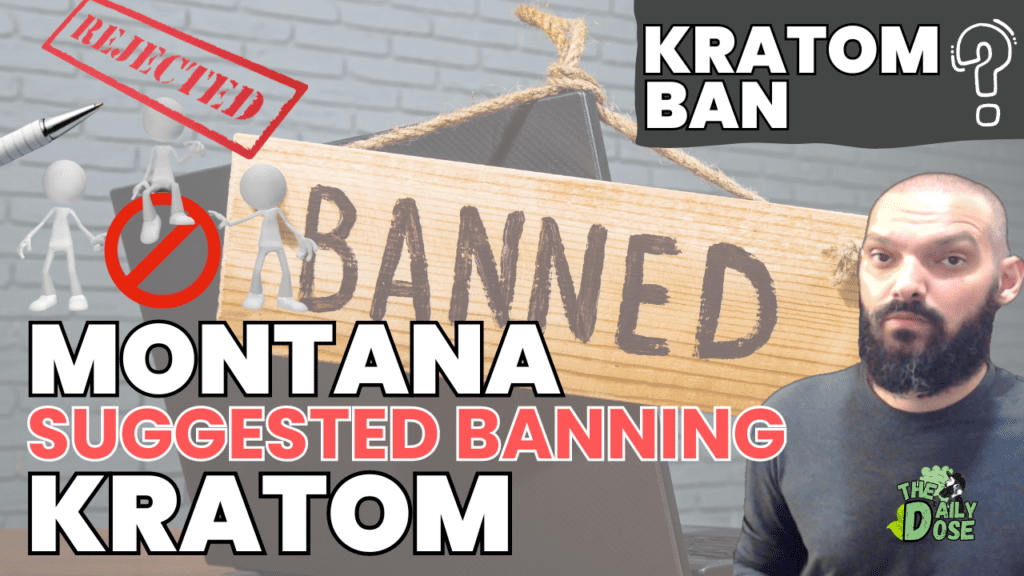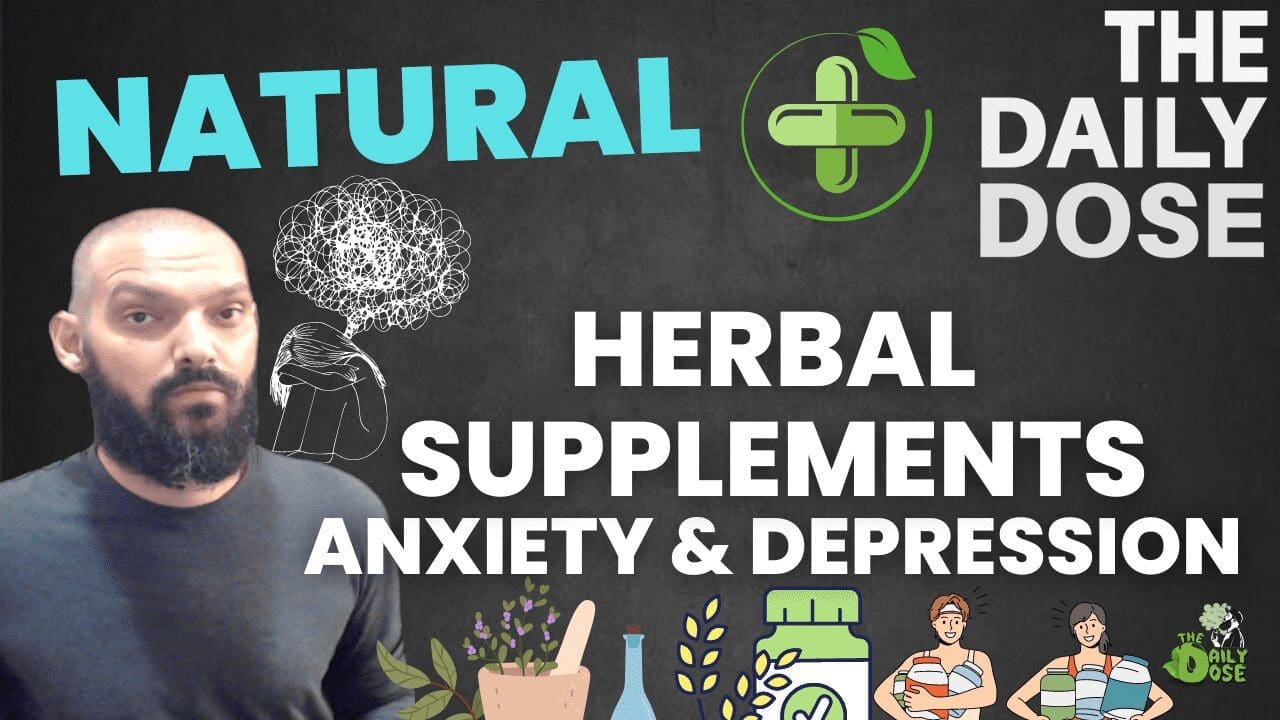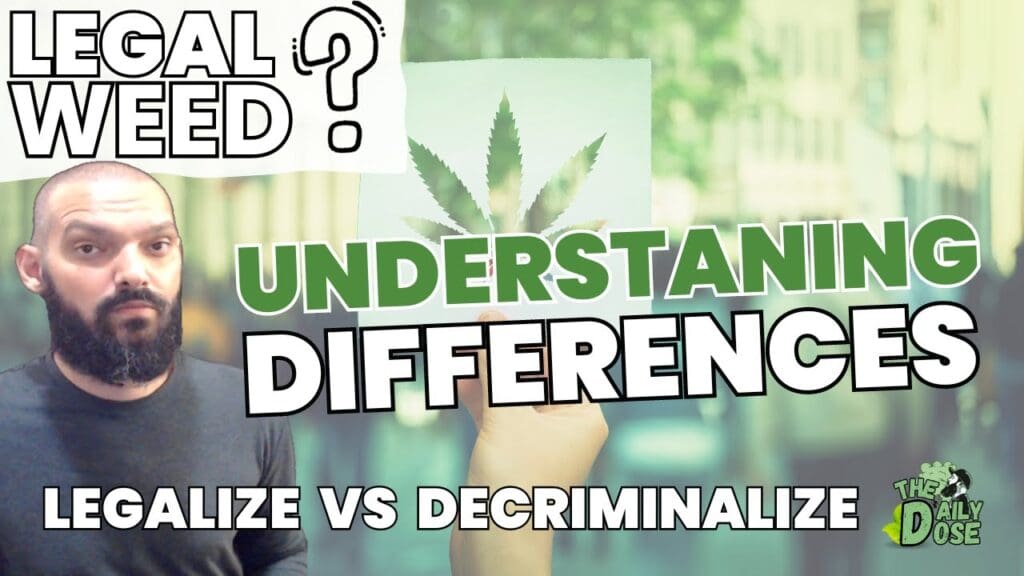Listen to the full episode here: The Daily Dose Podcast
Kratom Age Restrictions What To Know Now
In My Own Words
Todays podcast episode covers the planned age restriction of kratom in the state of Florida, an article released this morning covers the story. In it explains the reasoning and the possible changes coming to Florida kratom users. The big question I ask myself is will it be effective and what if this happens across the country.
Introduction
Kratom, a botanical substance derived from the leaves of the Mitragyna speciosa tree, has sparked both fascination and controversy in recent years. As regulatory bodies grapple with how to manage its use, one key decision has been the imposition of age restrictions, with the age set at 21 and older.
This article delves into the nuances of Kratom, the rationale behind age restrictions, and a comprehensive analysis of the pros and cons surrounding this decision.
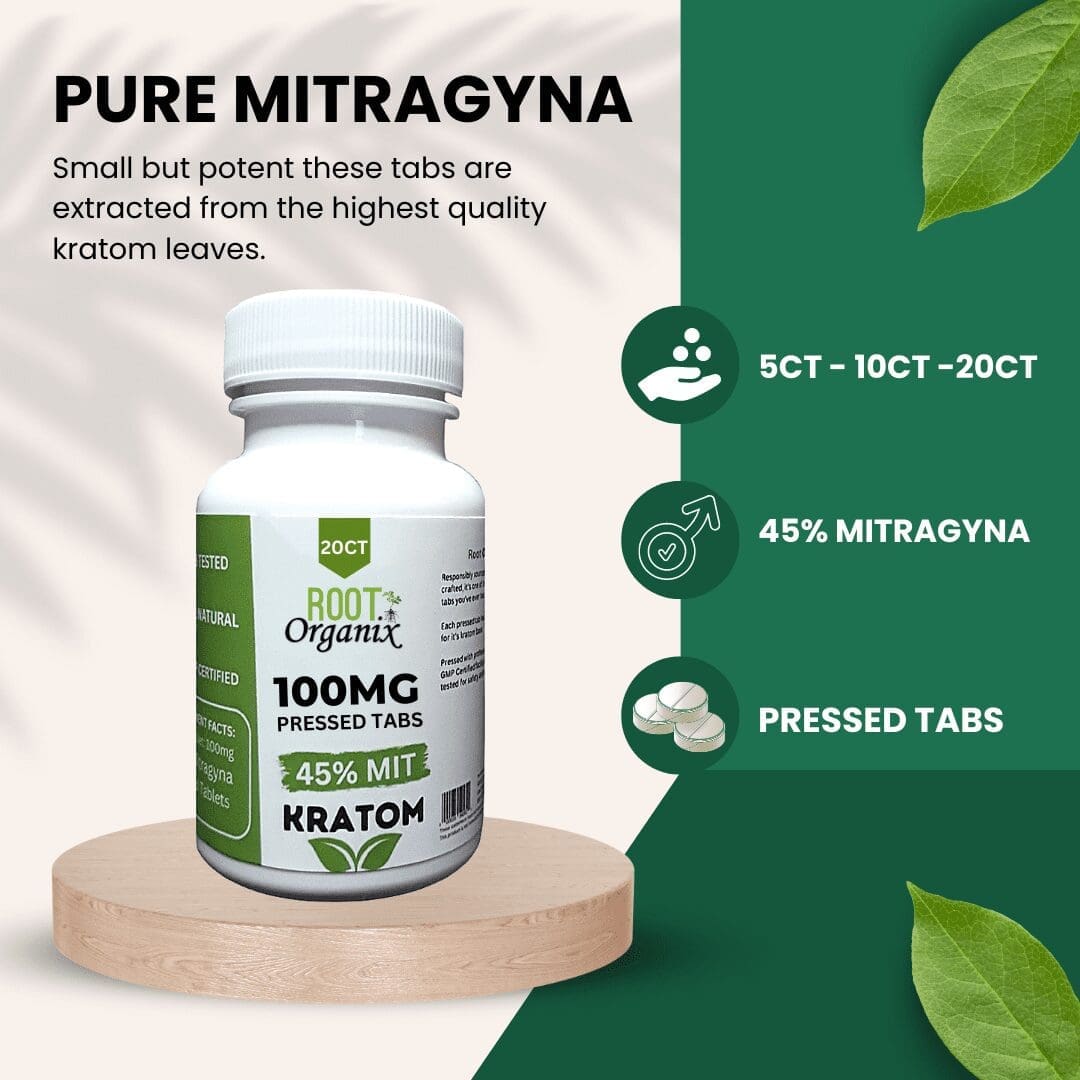
Understanding Kratom
Originating from Southeast Asia, Kratom has been traditionally used for its stimulant and pain-relieving properties. In recent times, it has gained popularity in Western countries as an herbal supplement, touted for its potential benefits. However, its rise has not been without controversy, as concerns about its safety and potential for misuse have led to regulatory scrutiny.
The Decision for Age Restrictions
The decision to set the age restriction for Kratom at 21 and older is not made in isolation. Understanding the rationale behind this choice involves considering its potential risks, comparing it with age limits on other substances, and navigating the complex legal landscape surrounding Kratom.
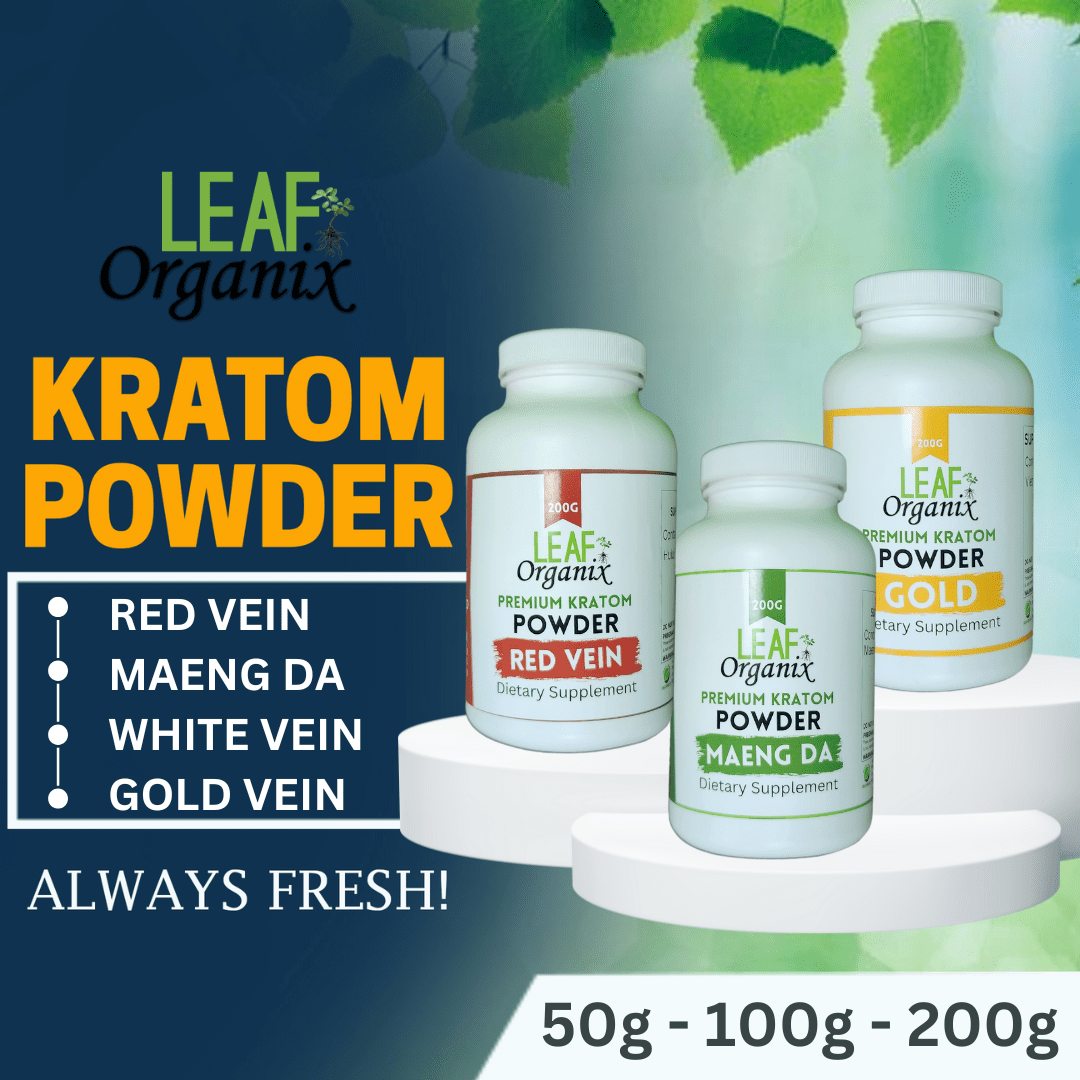
Arguments in Favor of Age Restrictions
Advocates for age restrictions argue that they are a necessary measure to mitigate potential risks associated with Kratom use. Aligning age limits with those for substances like alcohol and tobacco is seen as a way to maintain consistency in regulatory approaches. Additionally, setting age restrictions is viewed as a means of protecting vulnerable populations, such as adolescents and young adults, from potential harm.
Arguments Against Age Restrictions
Critics of age restrictions on Kratom highlight concerns about their impact on responsible adult users. They argue that lack of scientific consensus on the risks associated with Kratom may result in restricting access to a substance that some use responsibly. Moreover, there are apprehensions that stringent age limits could drive the Kratom market underground, making it more challenging to regulate and monitor.
Public Health and Safety
Addressing concerns about public health and safety is a crucial aspect of the age restriction decision. Advocates stress the importance of limiting access to Kratom to prevent potential misuse, addiction, and adverse health effects. Concurrently, critics emphasize the need for comprehensive education and harm reduction strategies to promote responsible Kratom use.
Navigating the landscape of public health and safety concerning Kratom use across all age groups requires a nuanced understanding of potential risks and benefits. Proponents of Kratom argue that age restrictions are vital for mitigating potential misuse, safeguarding vulnerable populations, and preventing adverse health effects.
They contend that responsible use, coupled with comprehensive education and harm reduction strategies, can contribute to a safer Kratom environment. However, critics emphasize the need for a balanced approach, highlighting the lack of scientific consensus on the risks associated with Kratom and the potential impact on responsible adult users.
Striking a balance between regulatory measures, education, and individual freedoms is essential to ensure public health and safety in the complex landscape of Kratom use among diverse age groups.
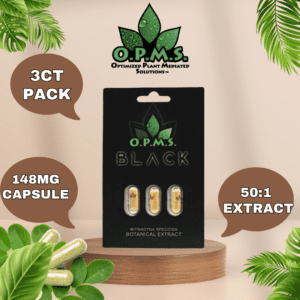
Comparisons with Other Substances
Analyzing age restrictions for alcohol and tobacco provides valuable insights into the considerations surrounding Kratom. Lessons learned from the regulation of these substances, both successes and failures, contribute to the ongoing dialogue about how best to manage Kratom use in society. Cultural and societal perceptions of Kratom play a significant role in shaping these comparisons.
Delineating the key differences between Kratom and other substances like alcohol, tobacco, and cannabis unravels a complex tapestry of contrasting characteristics. Unlike alcohol and tobacco, Kratom is a botanical substance originating from Southeast Asia, valued traditionally for its stimulant and pain-relieving properties.
Its use is not intertwined with social and cultural practices in the same way as alcohol or tobacco. Moreover, Kratom’s legal status and recognition vary widely, with ongoing debates surrounding its regulatory framework. In contrast, alcohol and tobacco have established, albeit heavily regulated, industries with ingrained societal acceptance.
Cannabis, while also facing a history of prohibition, has witnessed a paradigm shift in many regions, with an increasing trend toward legalization and acceptance for both medicinal and recreational use. Navigating the unique features of each substance sheds light on the diverse factors influencing their regulatory landscapes and societal perceptions.
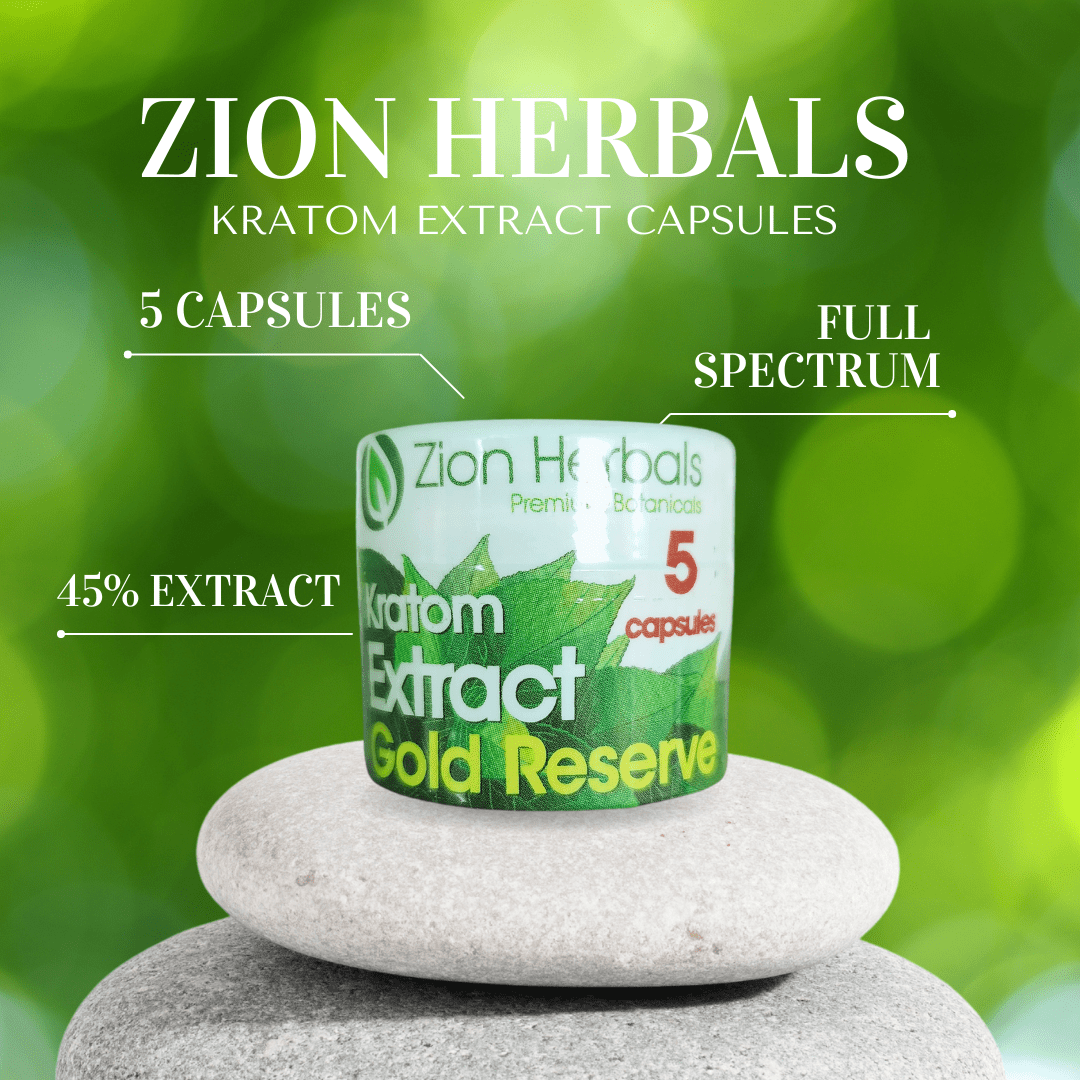
Legal Implications
Navigating the legal landscape of Kratom regulation involves understanding both state and federal regulations. The role of the FDA in evaluating and monitoring Kratom products, and the challenges associated with enforcing age restrictions, add layers of complexity to the regulatory framework.
Social and Cultural Considerations
The use of Kratom is embedded in cultural practices, both in its countries of origin and in the communities that have adopted its use. The debate surrounding age restrictions necessitates a delicate balance between respecting individual choice and safeguarding public health, taking into account the diverse perspectives on Kratom use.
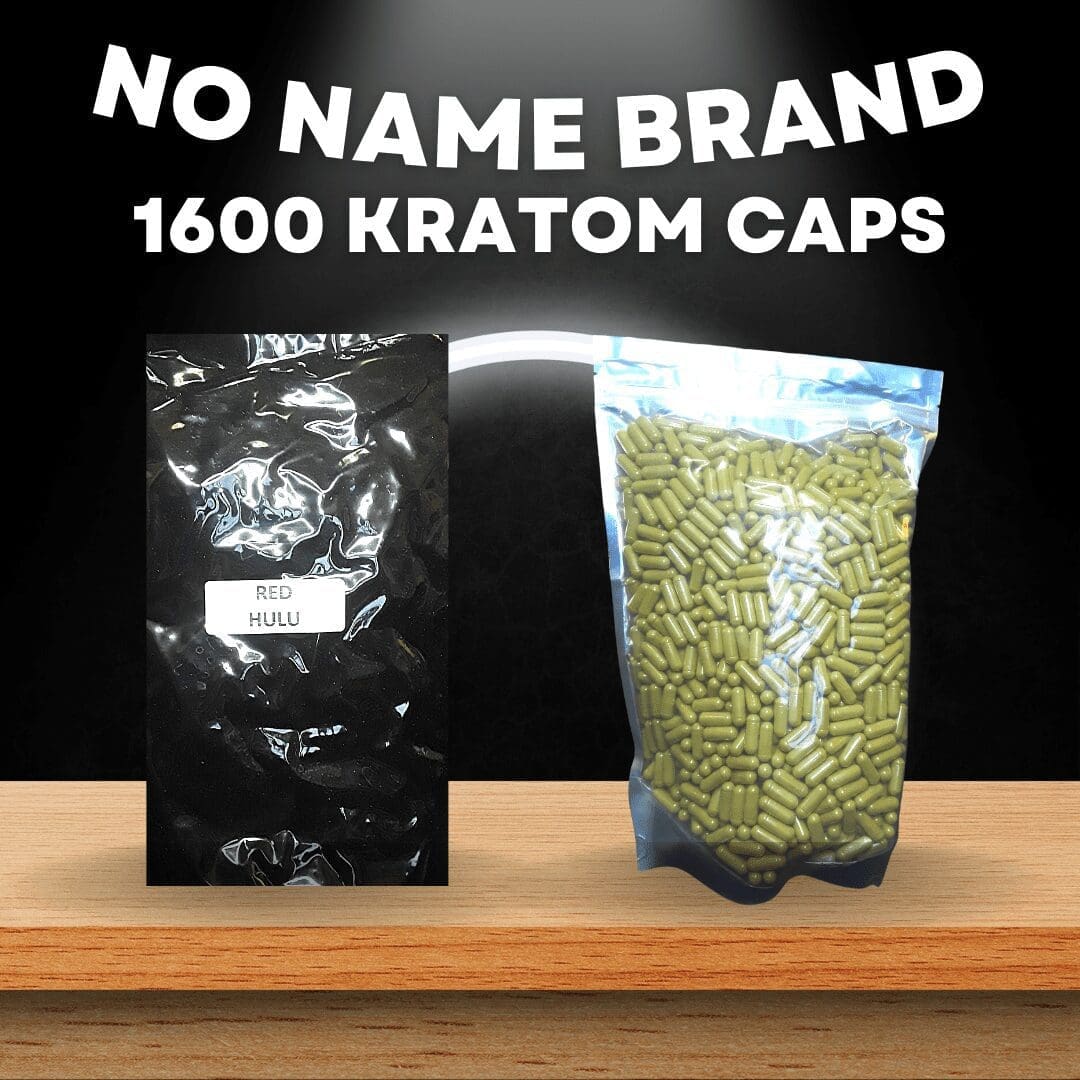
Pros and Cons of Kratom Age Restrictions
Pros:
- Mitigating potential risks associated with Kratom use
- Aligning age limits with other regulated substances for consistency
- Protecting vulnerable populations, especially adolescents
Cons:
- Impact on responsible adult users who use Kratom responsibly
- Lack of scientific consensus on the risks of Kratom use
- Potential for driving the Kratom market underground, complicating regulation
Conclusion: Navigating the Complexities of Kratom Age Restrictions
In conclusion, the decision to set the age restriction for Kratom at 21 and older is multifaceted, with proponents emphasizing public safety and consistency with other regulated substances, while critics highlight concerns about limiting access and potential market repercussions.
The ongoing debate underscores the complex nature of Kratom regulation, requiring a delicate balance between individual freedoms and safeguarding public health.
FAQs
Why was the age limit for Kratom set at 21 and older?
Are there scientific studies supporting age restrictions on Kratom?
How do age restrictions on Kratom compare to those on alcohol and tobacco?
Can stringent age limits on Kratom drive the market underground?
What education and harm reduction strategies are in place for responsible Kratom use?
Related Articles:
- Mixing Kratom Everything To Know Now
- Kratom Dependency What The Internet Says
- Kratom Ban Montana State What To Know
- Kratom Ban State By State What Now
- Kratom Information On The Ban Unpacking Lies
Meet The Author


